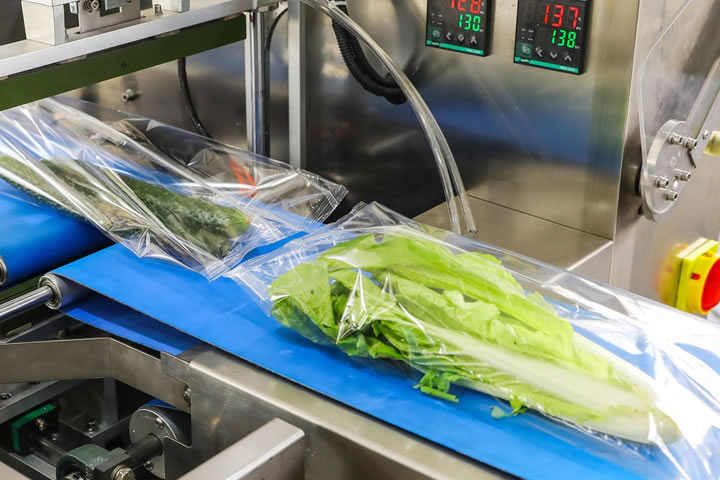When the lavender in California's Central Valley entered its peak flowering period, Anna, the production supervisor of GreenSprout Organic Food Company, was staring at the fault alarm jumping on the monitoring screen and worried. The newly introduced Italian packaging machine frequently jammed when processing irregular-shaped freeze-dried berries, and millions of dollars worth of organic raw materials piled up next to the conveyor belt, exuding a sweet fruity aroma. This seemingly ordinary equipment debugging crisis unexpectedly opened a new chapter in the field of organic food packaging in North America.
Faced with the six-week maintenance response cycle of the Italian equipment supplier, Mark, the founder of GreenSprout, called the emergency hotline of the ply-pack North American Service Center at three in the morning. The next morning, the technical team entered the workshop with a portable 3D scanner. Engineer Xiao Lin found the crux of the problem: the gripping mold of the traditional vacuum packaging machine could not adapt to the particle size difference of 1.5-3.2cm of berries.

The solution was formed within 72 hours - ply-pack proposed to retain the original equipment frame and implant an intelligent visual guidance system. This $280,000 renovation plan is equivalent to 1/3 of the purchase price of the whole machine, but it can achieve a leapfrog upgrade of the equipment function on the basis of retaining 90% of the original structure.
The renovation project was quietly launched on Thanksgiving Eve. The technical team decomposed the original equipment into seven functional modules, retained the intact vacuum pump group and transmission system, and replaced the key 3D recognition unit. The newly added AI vision module can capture the product shape in real time, and its built-in deep learning algorithm can remember more than 200 irregular shapes of gripping trajectories.
What amazed the workshop operators most was the transformation of the flexible fixture: six sets of independently adjustable silicone suction cups replaced the steel mold, and with the pressure sensor array, even the most fragile basil leaf freeze-dried products can be smoothly transferred. This "surgical" precision transformation has kept the equipment downtime within 60% of the original plan.
The key to the success of the project lies in the spare parts center set up by ply-pack in Sacramento. When the transformation requires a specific type of servo motor, the engineer drives two hours to retrieve the required parts, which saves at least 15 days compared to cross-border transfers. Technical Director Zhang Gong demonstrated at the acceptance site: the packaging parameters of different products can be switched through the mobile phone APP, and the mold replacement that originally required mechanical adjustment can now be completed by tapping the screen.
The transformed intelligent packaging equipment processed 12 tons of organic products in the first week, and the breakage rate dropped from 7.3% to 0.8%. The more far-reaching impact occurred at the industrial chain level-GreenSprout began to undertake the packaging business of other small organic farms, and its newly built transparent workshop even became a popular attraction for local agricultural tourism.
"This is not only an equipment upgrade, but also a change in production philosophy." Mark sighed when signing the acceptance report. The packaging machine, which used to operate in isolation, now interacts with upstream and downstream equipment in real time through the IoT module. When the moisture content of the raw materials fluctuates, the system automatically adjusts the heat sealing temperature curve. This predictive adjustment function reduces energy consumption by 18%.
The Central Valley glows purple in the twilight, and the remodeled packaging production line is still running smoothly. Anna watched the elegant grasping action of the robotic arm through the observation window. The berries that once made people anxious are now falling accurately into the biodegradable packaging bags. In the field of organic food packaging, a silent revolution driven by smart devices has begun.

